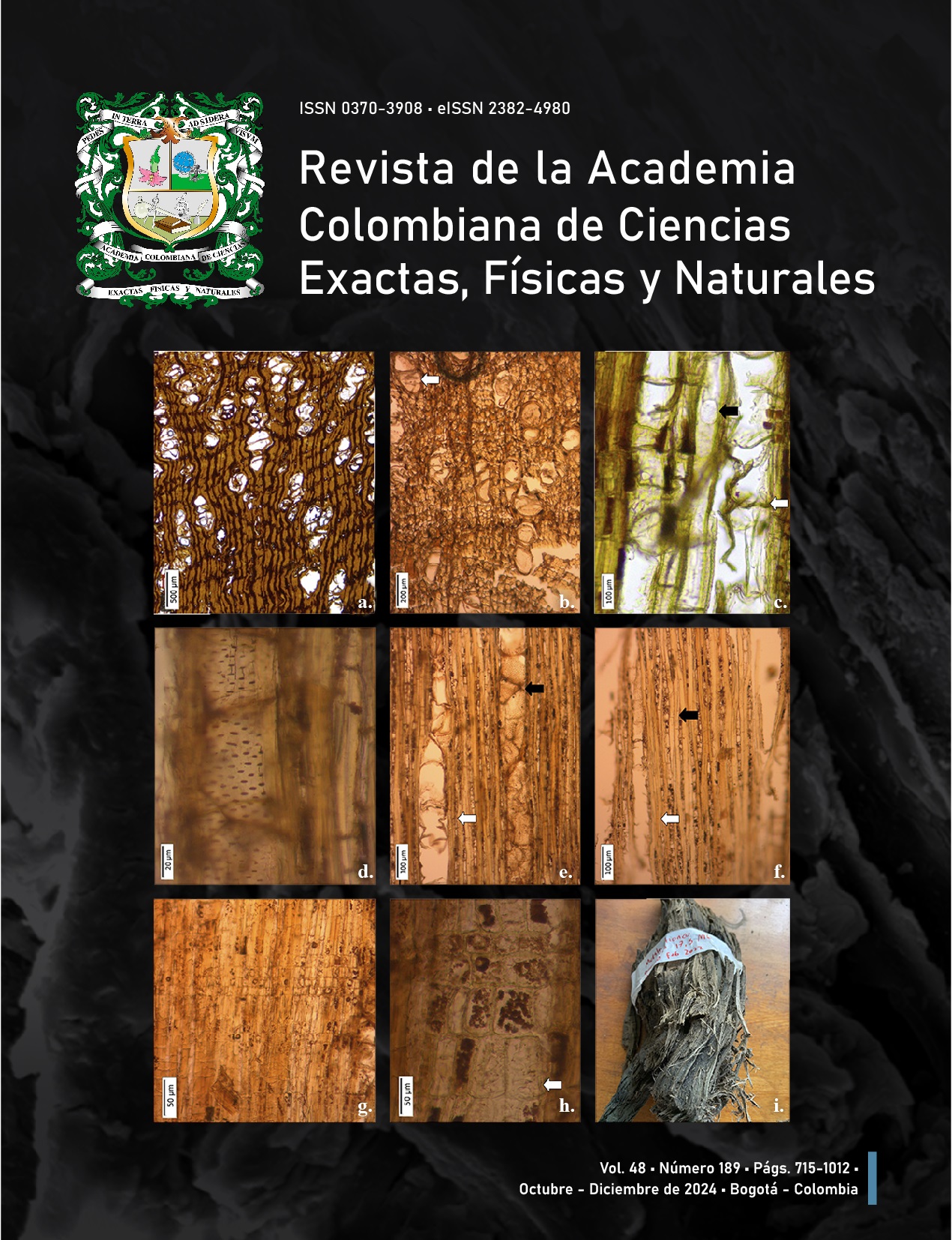Abstract
Network coding focuses on studying the transmission of messages through a directed graph or network in such a way that they are received by their intended receivers. It is of interest to determine the best way to transmit messages, which is measured by a rate. The inverse function method is a technique that involves the construction of linear functions that satisfy certain conditions associated with the topology in a network. Depending on the network structure, the method could succeed in producing an inequality inherent to linear algebra, which in turn provides information about the behavior of the rate with respect to a vector space over a finite field. This paper shows that the method can be used with the network known as Char-2, resulting in a valid inequality in vector spaces defined over odd-characteristic fields.
References
Ahlswede, R., Cai, N., Li, S.-Y. R., Yeung, R. W. (2000) Network information flow. IEEE Transactions on Information Theory, 46, 1204–1216. https://doi.org/10.1109/18.850663
Blasiak, A., Kleinberg, R., Lubetzky, E. (2011) Lexicographic products and the power of non-linear network coding. 2011 IEEE 52nd Annual Symposium on Foundations of Computer Science, 609–618. https://doi.org/10.1109/FOCS.2011.39
Connelly, J., Zeger, K. (2016) A class of non-linearly solvable networks. 2016 IEEE International Symposium on Information Theory (ISIT), 1964–1968. https://doi.org/10.1109/ISIT.2016.7541642
Connelly, J., Zeger, K. (2019) Capacity and achievable rate regions for linear network coding over ring alphabets. IEEE Transactions on Information Theory, 65(1), 220–234. https://doi.org/10.1109/TIT.2018.2866244
Das, N., Rai, B. K. (2017) On the dependence of linear coding rates on the characteristic of the finite field. arXiv:1709.05970.
Dougherty, R., Freiling, C., Zeger, K. (2005) Insufficiency of linear coding in network information flow. IEEE Transactions on Information Theory, 51(8), 2745–2759.https://doi.org/10.1109/TIT.2005.851744
Dougherty, R., Freiling, C., Zeger, K. (2007) Networks, matroids, and non-shannon information inequalities. IEEE Transactions on Information Theory, 3(6), 1949–1969. https://doi.org/10.1109/TIT.2007.896862
Dougherty, R., Freiling, C., Zeger, K. (2015) Achievable rate regions for network coding. IEEE Transactions on Information Theory, 61(5), 2488–2509. https://doi.org/10.1109/TIT.2015.2403315
Freiling, E. F. (2014) Characteristic dependent linear rank inequalities and applications to network coding. Dissertation for the doctoral degree, University of California, San Diego.
Pe˜na-Macias, V. (2023) Access structures for finding characteristic-dependent linear rank inequalities. Kybernetika - International Journal of Institute of Information Theory and Automation, 59(2), 198–208. https://doi.org/10.14736/kyb-2023-2-0198
Pe˜na-Macias, V., Sarria, H. (2020) Characteristic-dependent linear rank inequalities via complementary vector spaces. Journal of Information and Optimization Sciences, 42(2), 345–369. https://doi.org/10.1080/02522667.2019.1668157
Pe˜na-Macias, V., Sarria-Zapata, H. (2019) Characteristic-dependent linear rank inequalities in 21 variables. Revista De La Academia Colombiana De Ciencias Exactas, F´ısicas y Naturales, 43(169), 764–770. https://doi.org/10.18257/raccefyn.928
Shen, A., Hammer, D., Romashchenko, A. E., Vereshchagin, N. K. (2000) Inequalities for shannon entropy and kolmogorov complexity. Journal of Computer and Systems Sciences, 60, 442–464. https://doi.org/10.1006/jcss.1999.1677

This work is licensed under a Creative Commons Attribution-NonCommercial-NoDerivatives 4.0 International License.
Copyright (c) 2024 Revista de la Academia Colombiana de Ciencias Exactas, Físicas y Naturales


